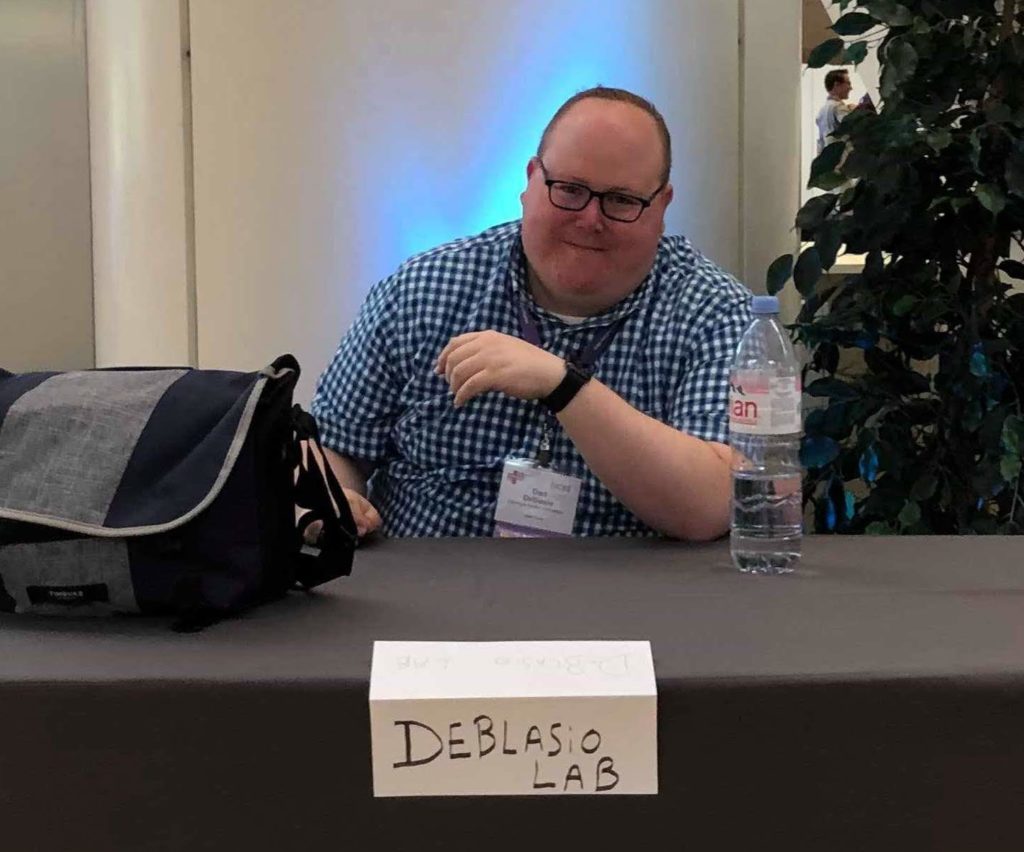Dr. DeBlasio has recently moved to Carnegie Mellon University‘s Computational Biology Department as an Assistant Teaching Professor. As a result, his lab is currently in transition and not highly active. For details about Dr. DeBlasio’s previous work see his personal website: dandeblasio.com.
Our group studies how to improve science by automating and optimizing the tools used by domain scientists. We do this primarily by making input specific parameter value choices which help to reduce false information introduced by using less than ideal (or default) parameter choice. Using a framework called Parameter Advising we are able to, without an increase in wall clock time in most cases, find parameter vectors that are much better then the defaults. This framework has been applied to both protein multiple sequence alignment and reference-based transcript assembly, but is very general and can be applied to domains both within and outside of computational biology.
Beyond the algorithm configuration problem, Dr. DeBlasio also has interests in hashing and sketching, primarily focused on minimizer schemes (also called winnowing schemes). Minimizer schemes are a method to represent long strings by some representative k-mer (k length substring) in order to improve the resource consumption of sequence analysis applications (such as genomic read mapping, or document similarity).
